In summer and autumn, any housewife seeks to prepare as many various canned fruits and vegetables as possible for the winter. After all, those canned food that are sold in stores, and even more so in the markets, do not always satisfy in terms of taste, and even more useful properties, what we are going to treat our family to in the cold winter. And if the hostess has her own garden at her disposal, then how many tasty, fragrant and healthy products can be prepared for the winter, her eyes just run wide.
But for many novice hostesses, there is one problem – many of them have heard about sterilizing dishes for canning, but not everyone clearly understands what it is, why it is needed and what is needed for this. Especially many questions are caused by the period of time required for full-fledged sterilization. Steam sterilization of jars is one of the most traditional ways of disinfecting dishes before preservation. It is about it and about the features of its implementation that will be discussed in the article.
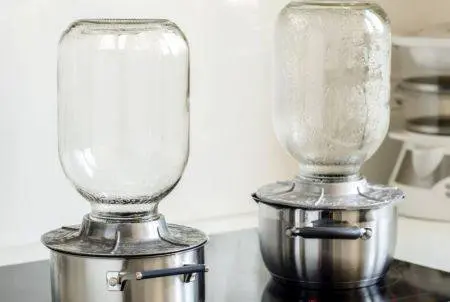
Sterilization: why is it needed
In preserving food for the winter, sterilization is one of the most important steps. After all, if you neglect it, then, not only will your efforts to make vitamin and aromatic preparations be lost, all products can be hopelessly spoiled.

After all, thoroughly washing the dishes before cooking for storage is not enough. On the surface of jars and lids, a myriad of various microorganisms can remain, which, during a long stay in a space without air, accumulate a variety of products of their vital activity. They are capable of causing quite serious harm to the human body if they accidentally get inside. One of the most dangerous substances is botulinum toxin. When a person is infected with botulism, even a lethal outcome is not ruled out. That is why the sterilization of winter preparations is the most important stage in canning, the features of which you need to know and understand everything in order to enjoy summer and autumn fruits, vegetables, herbs in winter without much excitement.
Preparatory work
Before proceeding with the steam sterilization of jars, it is necessary to prepare the following:
- A pot or tank of water;
- A special metal plate with one or more holes for cans;
- Several cotton towels;
- Banks and covers to them in the required quantity.

A container for boiling water can be used in almost any convenient shape and size, literally everything that is at hand, especially if you need to sterilize only one or two jars. But if you are in the mood for the production of a serious workpiece and we are talking about sterilizing dozens of cans, then it is better to choose a wider pan so that as many cans as possible fit on it at the same time.
Many housewives, in the absence of a metal lining on the pan, use a large flat colander or even a splash divider to sterilize jars at home. In extreme cases, you can use these devices, but a good half of the steam with these options will go into the air and therefore the heating of the cans will not be of such high quality. Yes, and the humidity in the kitchen will increase significantly. Therefore, if possible, it is better to purchase a special overlay in advance, especially since they are quite inexpensive.
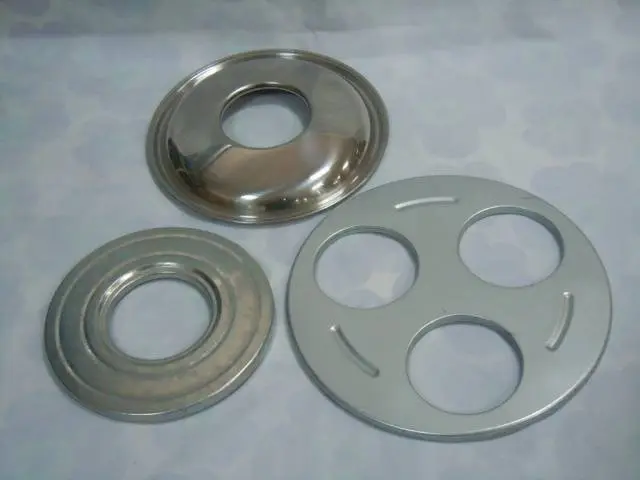
Cotton towels should be clean and carefully ironed at the highest temperature of the iron on both sides. With one towel folded two or three times, you will remove the jars from the lining stand, and place them upside down on another towel.
The jars themselves must be carefully checked before use for cracks, chips, or non-washable contamination. In all these cases, for the sake of your safety, you should send the jars to the trash can, or use them for some decorative purposes, but they are no longer suitable for making canned food.
Before sterilization, the jars should be rinsed well. It is better to use laundry soap or ordinary soda in combination with hot water.
After washing, the jars are rinsed under running water.
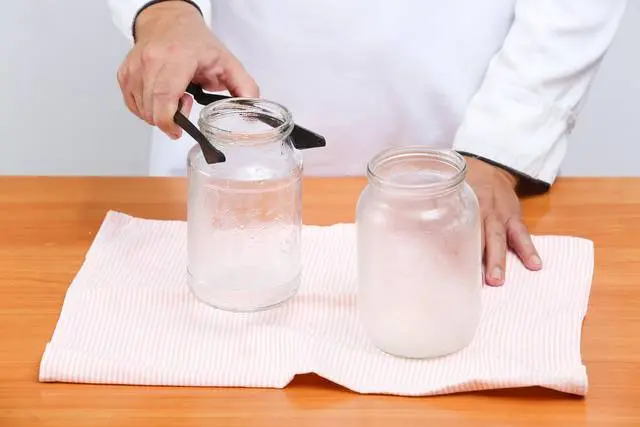
Most often, disposable tin lids are used for preservation. If you are using threaded caps, then check that they are absolutely even and without chips of enamel.
Features of sterilization over steam
So, first fill the pan or any other container with water. How much water to pour depends on the number of jars you want to sterilize. If you have large three-liter jars or the total number of jars exceeds 10 pieces, then it is better to fill the container to half its capacity. A metal lining for cans is placed on top of the pan. Put the pot on high heat so that the water in it comes to a boil as quickly as possible. The first batch of cans can be placed upside down on the lining before the start of the boil, so that they warm up gradually. After boiling, the heat can be slightly reduced so that the water in the pan does not boil with a key, but boils moderately.
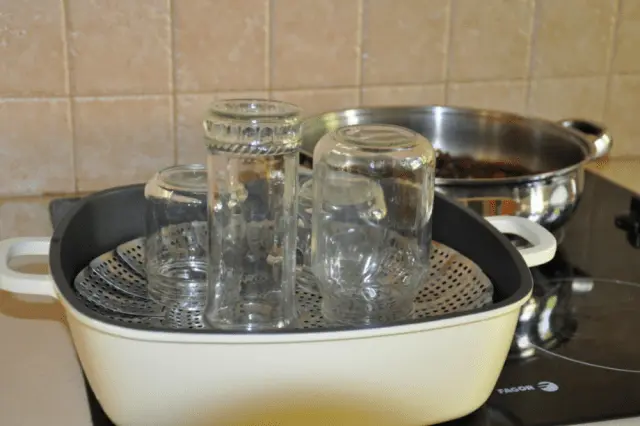
Many novice housewives have the greatest doubts about the question: “how many minutes does it take to sterilize jars with steam?” After all, some cooks are satisfied with holding the jars, regardless of their size, over the steam for 5-10 minutes and believe that this is quite enough. However, they can be understood. After all, every extra minute of sterilization increases the humidity and temperature in the kitchen.
But, unfortunately, this approach is not entirely justified, because if, despite all the efforts expended in the manufacture of canned food, they eventually turn out to be spoiled, then you will have only yourself to blame for this situation.
How many minutes does it take to fully sterilize canning jars? The residence time of the cans above the steam is directly proportional to the size of the can. The largest jars, with a volume of 3 liters, must be kept over the steam for at least 30 minutes.
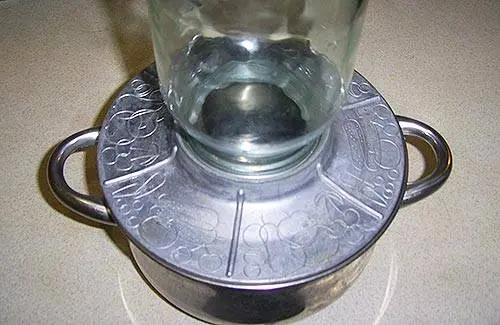
For cans with a volume of 2 liters, 20 minutes will be enough. Banks, the volume of which varies from one to two liters, must be sterilized, respectively, from 15 to 20 minutes, no less.
If the jars are small, their volume varies from half a liter to one liter, then they only need 10 minutes of exposure to steam.
And finally, the smallest jars, with a volume of less than half a liter, can be sterilized for only 5-7 minutes.
If for some reason this is not possible, try using other methods of sterilization.

However, jars for preservation are sometimes sterilized over an ordinary kettle, which is heated on the stove. In this case, you can either put the jar directly on the spout of the teapot, or carefully remove the lid and put the jar upside down instead.
But even in this case, the number of minutes for full sterilization remains the same.
Despite the sufficient simplicity and versatility of the steam sterilization method, when using it, a strong heating and humidification of the room in which the sterilization takes place occurs. However, this drawback does not prevent this method from remaining one of the most popular among housewives.









